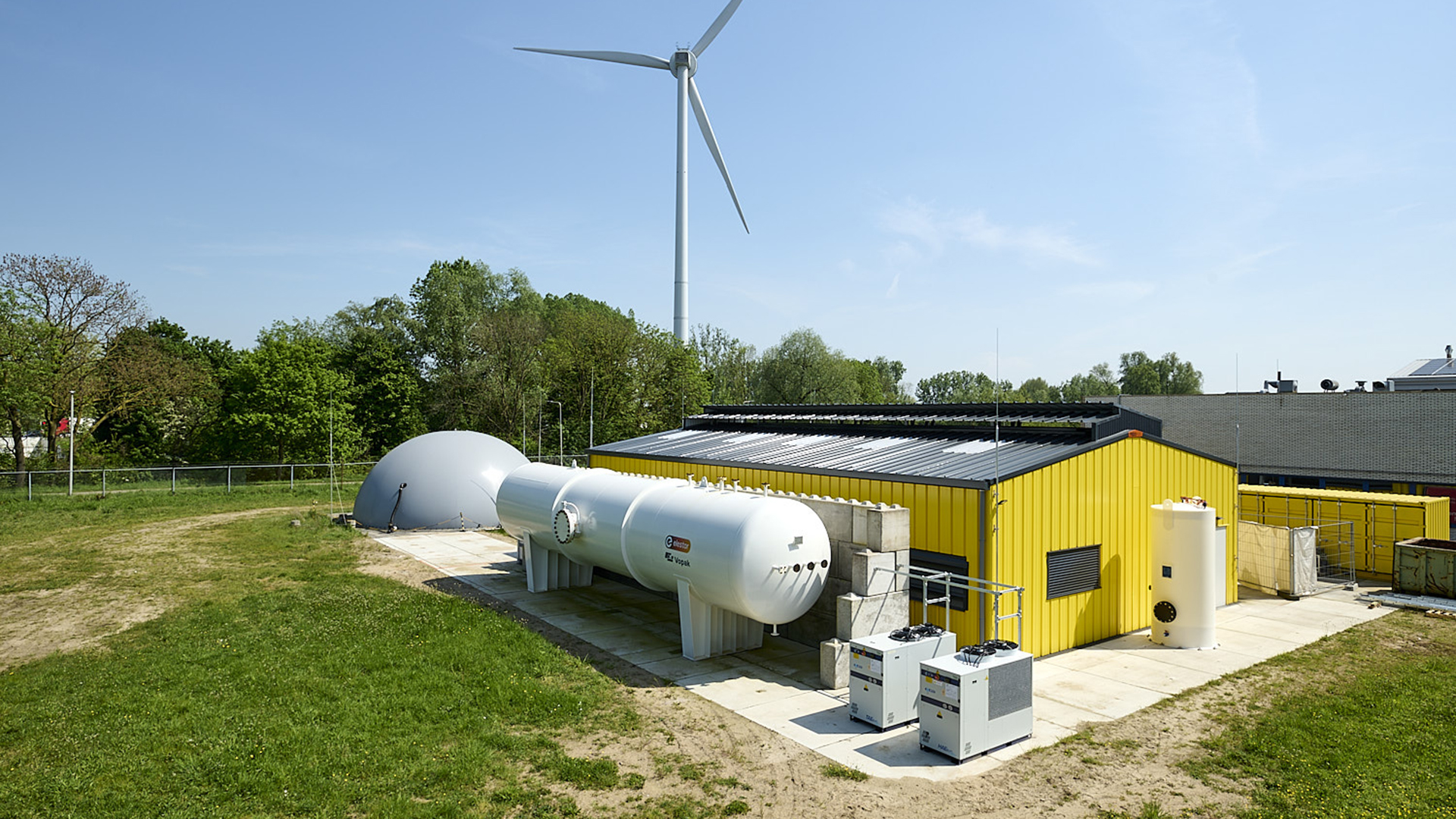Elestor's Transition to Hydrogen-Iron: Navigating Technology Acceptance and Regulatory Compliance
Key Ideas
- Elestor's shift to hydrogen-iron flow batteries is driven by technology acceptance, regulatory compliance, sustainability, and economic viability.
- The company's decision is based on extensive research, consultation with experts, and alignment with EU directives.
- Hydrogen-iron batteries comply with formal EU regulations and informal societal acceptance criteria, prioritizing safety and environmental stewardship.
- Elestor aims to secure the support of policymakers, regulators, and the general public for its innovative energy storage solution.
Dutch energy storage company Elestor has officially switched from hydrogen-bromine to hydrogen-iron flow batteries, emphasizing the importance of technology acceptance and regulatory compliance. The decision stemmed from the need for societal support, sustainability, and economic feasibility. Elestor's Project and Compliance Manager, Joep Lauret, highlighted the challenges of convincing various stakeholders about the shift, indicating the complexities of real-world interactions compared to lab testing. Despite hurdles ranging from formal regulations to public perception, Elestor found favor with politicians and local communities for its hydrogen-iron chemistry. The company's transition aligns with EU directives like the EU Battery Regulation, emphasizing compliance with safety and environmental standards. Elestor plans to address national regulations through a tailored approach. CEO Hylke van Bennekom underscored the geopolitical need for energy security, driving the company's move towards hydrogen-iron technology. The article showcases Elestor's journey from research to implementation, emphasizing the blend of scientific progress, market demands, and regulatory alignment in the energy storage sector.
